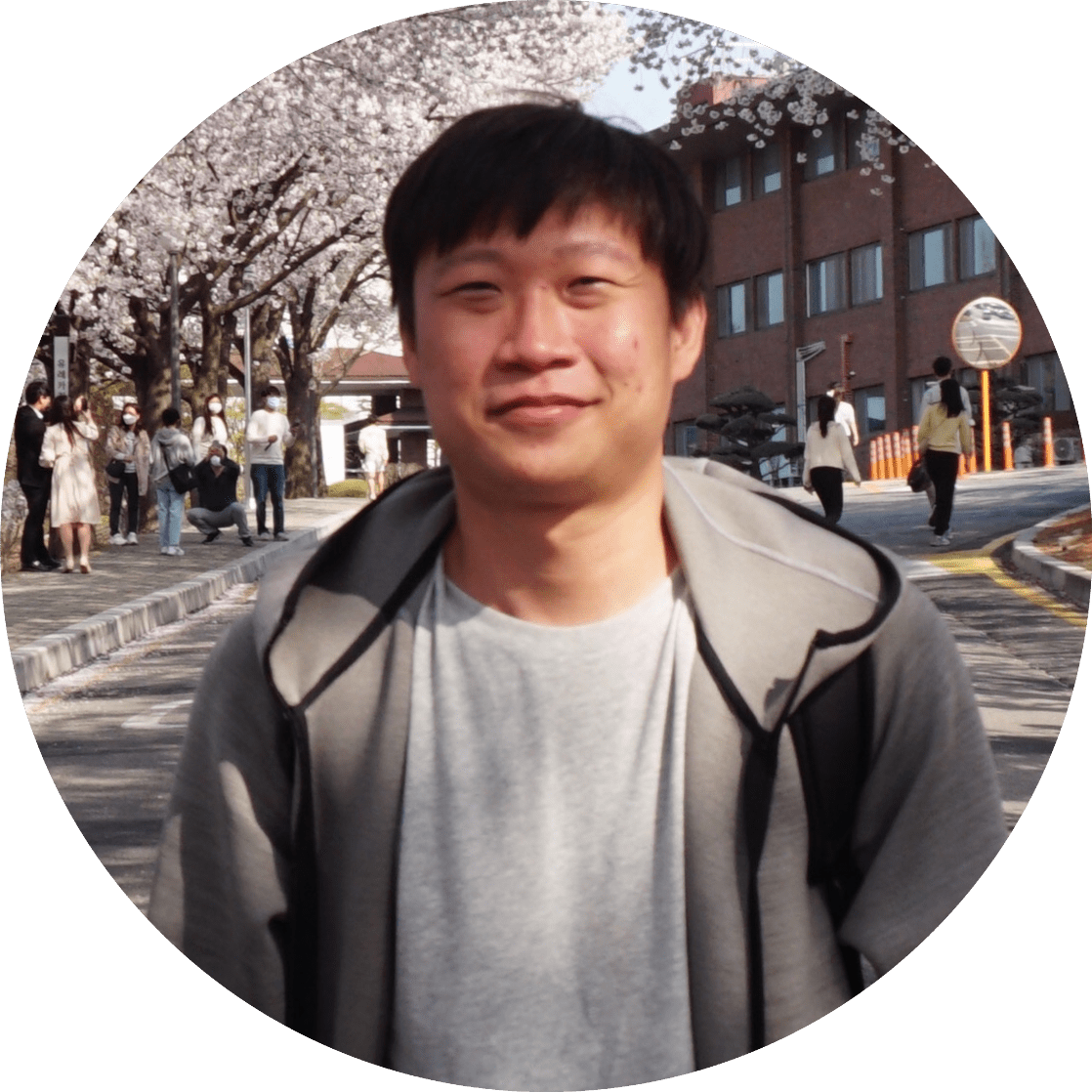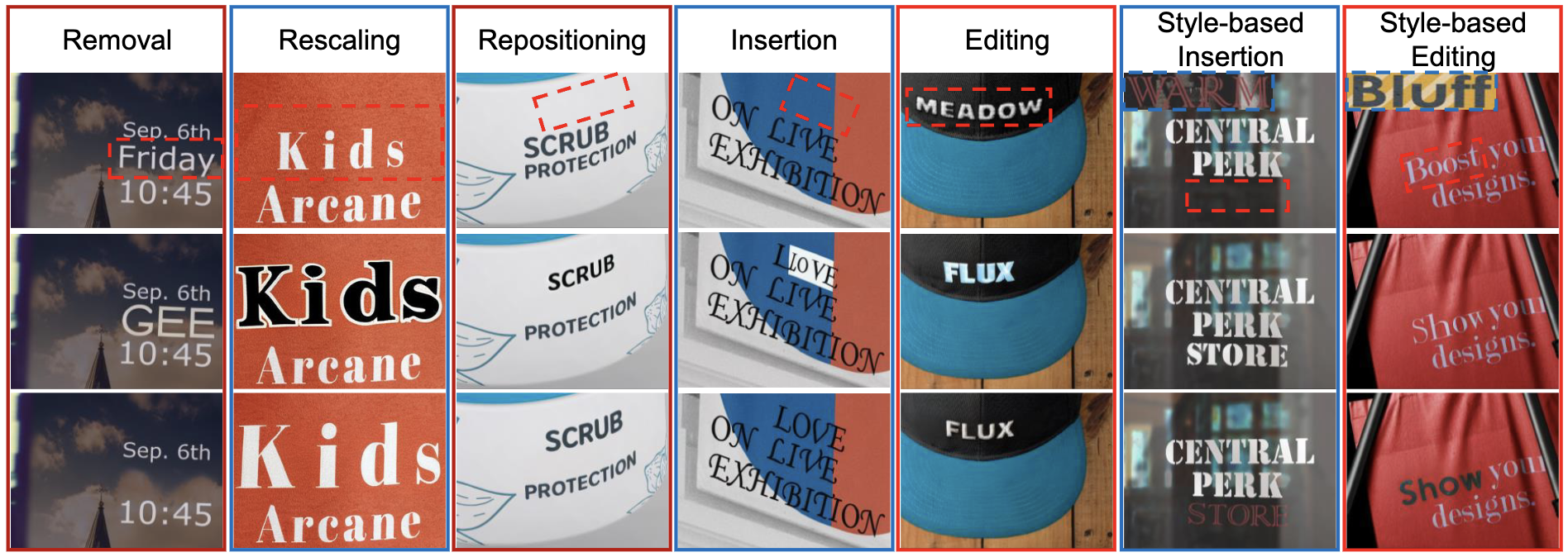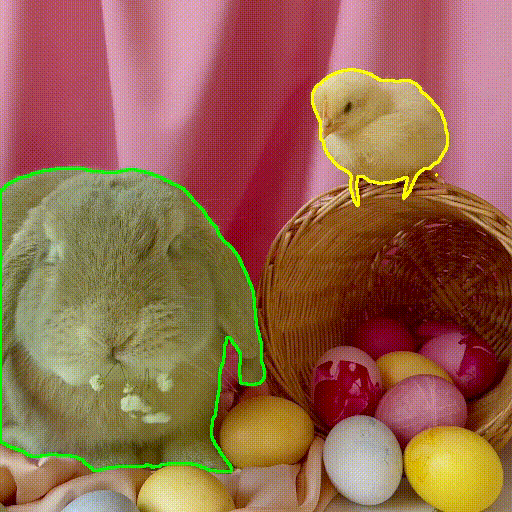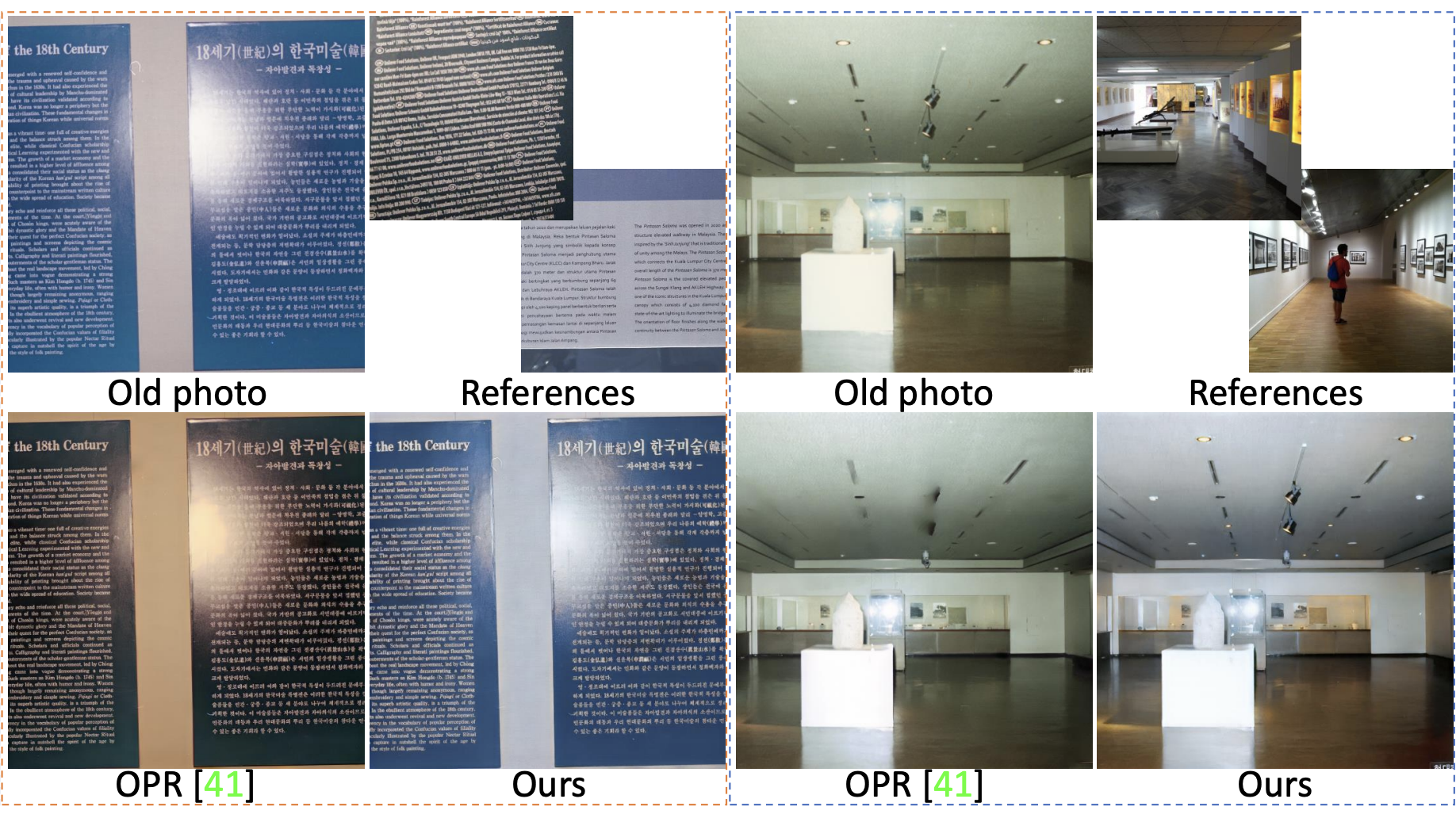|
I am final year Ph.D. student in School of Electrical Engineering at Korea Advanced Institute of Science and Technology (KAIST), advised by Prof. Munchurl Kim. Before joining KAIST, I received my B.E. in Computer Science from Bandung Institute of Technology (ITB). My research focuses on low-level computer vision and computational photography. I am especially interested in developing a controllable / user-guided deep-learning network for various low-level computer vision tasks. Email / CV / Google Scholar / LinkedIn / Github |

|
|
|


|
Agus Gunawan*, Samuel Teodoro*, Chen Yun, Soo Ye Kim, Jihyong Oh, Munchurl Kim Under review OmniText is a training-free generalist capable of tackling diverse text image manipulation such as text insertion, editing, rescaling, repositioning, removal, and style-controlled text insertion and editing. |


|
Samuel Teodoro*, Agus Gunawan*, Soo Ye Kim, Jihyong Oh, Munchurl Kim Under review arXiv / project page PRIMEdit is a zero-shot multi-instance video editing framework that uses novel probability redistribution and sampling techniques to enable faithful instance edits while preventing unintended changes in diverse video scenarios. |


|
Agus Gunawan, Soo Ye Kim, Hyeonjun Sim, Jae-Ho Lee, Munchurl Kim CVPR, 2023 paper / arXiv / project page / code / video We present old photo modernization using multiple references by performing stylization and enhancement in a unified manner. In order to modernize old photos, we propose a novel multi-reference-based old photo modernization (MROPM) framework consisting of a network MROPM-Net and a novel synthetic data generation scheme. |


|
Agus Gunawan, Xu Yin, Kang Zhang Preprint, 2022 arXiv / code We find that GN's inferior performance against Batch normalization (BN) is caused by: unstable training performance and sensitivity to distortion, whether it comes from external noise or perturbations introduced by the regularization. In addition, we found that GN can only help the neural network training in some specific period, unlike BN, which helps the network throughout the training. To solve these issues, we propose a new normalization layer by combining the benefit of GN and BN. |


|
Agus Gunawan*, Muhammad Adi Nugroho*, Se Jin Park* Preprint, 2022 arXiv / code We propose to improve real image denoising performance through a better learning strategy that can enable test-time adaptation on the multi-task network using two-stage learning. The first stage pre-train the network using meta-auxiliary learning to get better meta-initialization. Meanwhile, the second stage is a meta-learning strategy to fine-tune (meta-transfer learning) the network to enable test-time adaptation on real noisy images. |


|
Agus Gunawan, Sultan R H Madjid Preprint, 2022 arXiv / code CISRNet is a coarse-to-fine network for compressed image super-resolution tasks. This network consists of two main subnetworks; the coarse and refinement network, where recursive and residual learning is employed within these two networks respectively. |


|
Agus Gunawan, Dwi H Widyantoro ICACSIS, 2019 ResearchGate / seamls - poster / code
A faster multi-shot person re-identification system with a
newly proposed key frame extraction method using face
features extracted from a deep learning network.
|
|
|
| Date | Company | Role |
|---|---|---|
| - | Sembly | Machine Learning Engineer (Search - NLP) |
| - | Airy | Software Engineer (Data - NLP) |
| - | GLAIR | AI Engineer Intern (Recommendation) |
| - | Bukalapak | Machine Learning Engineer Intern (NLP) |
|
|
| Date | Project | Highlights |
|---|---|---|
| - | Government Project on Colorization |
|
|
Webpage template from Jon Barron |